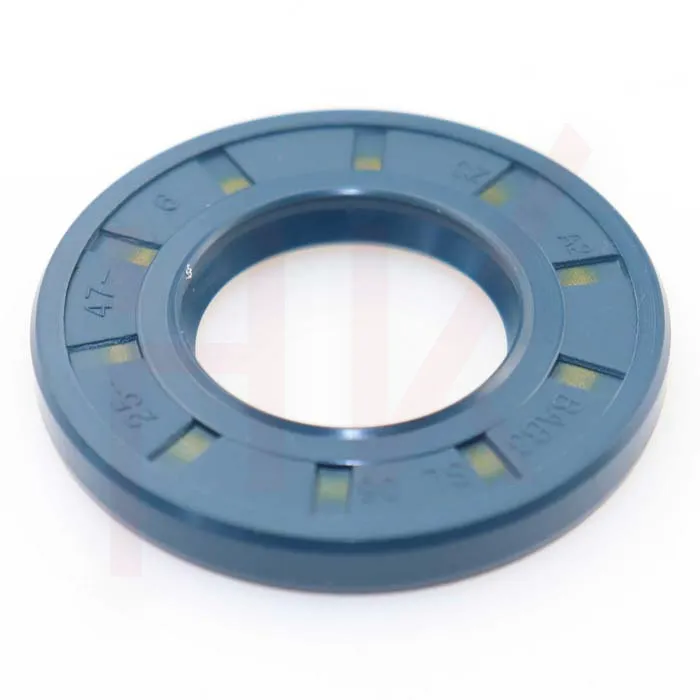ພ.ຈ. . 16, 2024 05:10 Back to list
hydraulic gear pump seals
Understanding Hydraulic Gear Pump Seals Importance, Types, and Maintenance
Hydraulic gear pumps are critical components in various industrial applications, serving to transmit hydraulic fluid with high efficiency and reliability. Among the many components that contribute to the overall functionality of these pumps, the seals play a vital role in ensuring optimal performance and longevity. In this article, we will delve into the significance of hydraulic gear pump seals, the different types available, and maintenance practices to enhance their durability.
Importance of Hydraulic Gear Pump Seals
Seals in hydraulic gear pumps serve several crucial purposes. Firstly, they prevent leakage of hydraulic fluid, which can lead to significant efficiency losses and environmental hazards. A well-sealed pump not only maintains the necessary pressure but also reduces the risk of contamination, which can compromise the fluid's integrity and the pump's operation.
Secondly, seals protect the internal components of the pump from wear and tear. The hydraulic environment is often harsh, with high pressures and varying temperatures. Seals act as a barrier, preventing foreign particles from entering the pump and causing damage. Additionally, well-functioning seals can help in maintaining the correct alignment of the gears, further enhancing the pump’s performance.
Types of Hydraulic Gear Pump Seals
Several types of seals are commonly used in hydraulic gear pumps, each designed to meet specific requirements based on the application and operating conditions.
1. Static Seals These seals are used in areas where there is no relative movement between the surfaces. Examples include O-rings and gaskets. They are typically used to seal the pump housing and other stationary components.
2. Dynamic Seals Unlike static seals, dynamic seals are used in areas where there is relative motion, such as between the rotor and the pump casing. These include lip seals and rotary seals, which are essential for preventing fluid leakage in rotating components.
3. Mechanical Seals Commonly employed in high-pressure applications, mechanical seals consist of two sliding surfaces that create a seal. They are particularly effective at preventing leakage and can handle various types of fluids.
4. Composite Seals These are made from two or more materials to leverage the advantages of each. For example, a composite seal may combine rubber and metal to provide better durability and flexibility, catering to specific pressure or temperature requirements.
hydraulic gear pump seals

Maintenance of Hydraulic Gear Pump Seals
To ensure the longevity and proper function of hydraulic gear pump seals, regular maintenance is essential. Here are some best practices to follow
1. Regular Inspections Periodically check seals for signs of wear, such as cracks, deformation, or discoloration. Early detection of wear can prevent catastrophic failures.
2. Fluid Quality Monitoring Ensure that the hydraulic fluid used is of high quality and compatible with the seal material. Contaminants in the fluid can degrade seals over time, leading to leaks and reduced efficiency.
3. Temperature Control Maintain operating temperatures within recommended ranges. Excessive heat can weaken seals, while extreme cold can make them brittle.
4. Pressure Management Ensure that the hydraulic system operates within the design specifications to avoid excessive pressure that could damage seals.
5. Replacement Schedules Implement a planned replacement schedule based on the manufacturer’s recommendations and the operating environment. This proactive approach can prevent unexpected downtime.
6. Lubrication In some cases, appropriate lubrication can extend the life of seals. Make sure to use lubricants that are compatible with the seal material and hydraulic fluid.
Conclusion
The importance of hydraulic gear pump seals cannot be overstated, as they play a crucial role in maintaining the efficiency and reliability of hydraulic systems. Understanding the types of seals and implementing proper maintenance practices can significantly enhance the performance of hydraulic gear pumps. By prioritizing seal integrity and quality, industries can minimize downtime, reduce costs, and ensure a safer operational environment. As technology continues to evolve, advancements in seal materials and designs will likely further improve the capabilities of hydraulic gear pumps in the years to come.
-
The Trans-formative Journey of Wheel Hub Oil Seals
NewsJun.06,2025
-
Graphene-Enhanced Oil Seals: Revolutionizing High-Pressure Oil Sealing
NewsJun.06,2025
-
Future of Hydraulic Sealing: Advanced Intelligent TCN Oil Seals
NewsJun.06,2025
-
Don’t Let a Broken TCV Oil Seal Ruin Your Day
NewsJun.06,2025
-
Bio-Inspired Dust Seals for Better Sealing Performance
NewsJun.06,2025
-
Biodegradable and Sustainable Hydraulic Seal Materials
NewsJun.06,2025
-
Top Oil Seal Solutions for Your Industrial Needs
NewsMay.22,2025
Products categories
















